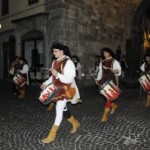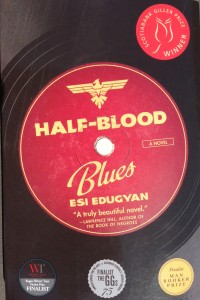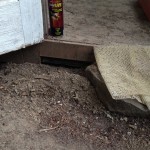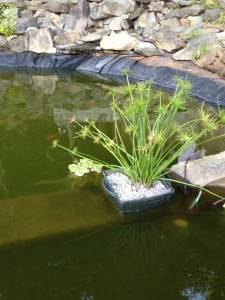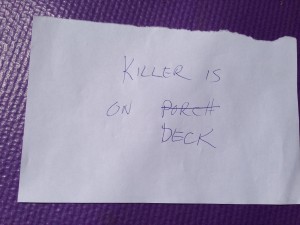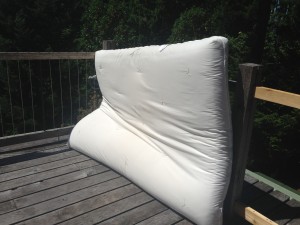ON THE OTHER HAND
In a recent blogpost, I was celebrating the joys of staying close to home, and enjoying the simple pleasures to be found in a small, rural island community, where:
“There have been community meals, live performances by local and visiting musicians, a readers and writers festival with recitations and readings of both world class and local poetry and prose, and even beer tastings. A bike ride down a quiet country road, overlooking pastoral views of farmland and the sea, swims in small lakes, weekly visits to community and farm markets and satisfying yard and garden projects that rival any expensive holiday abroad.”
Which of course got me reminiscing about the last time we went to Europe. Just about this time last year, our family was returning from a spectacular two and half week holiday in Tuscany, Italy. Just for fun, here’s a recap of the highlights of our trip. Hang on for an armchair tour!
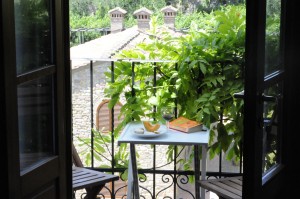
FOND MEMORIES
We were fortunate to have a tiny apartment in the village of Iano to use as our home base in Tuscany. From there we were able to take day trips to see a wide variety of wonderful Tuscan cities.
A RICH TAPESTRY TO EXPLORE
This is truly one of the things about Europe that I love the best – the way the landscape forms a rich tapestry filled with a hundred thousand cities, towns and villages, each with its own fabulous history and unique treasures. We even made a marathon commute to Rome just for one day. Then near the end we drove north to Bologna, from which we explored both Ravenna and Venice before flying home.
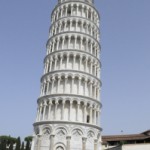
PISA
One of our first excursions was to Pisa, only a hour’s drive away. Despite the major heat wave Europe suffered last year, did climb the leaning tower. It was very hot, over 40. We were near cardiac arrest, dripping with sweat. The view from the top of the tower was pleasant. However, we couldn’t linger there. We had to come back down in search of cold water and air conditioning quite quickly. We didn’t have much stamina to explore beyond the Basilica, Bapistry, Tower, etc.
The architects in us were drawn to the town of Lucca after reading that it was home to a perfectly elliptical piazza, which it turned out was nice (better on paper) but no big deal, framed as it was by rather shabby, nondescript buildings. The town itself was charming, however, and after strolling the pedestrian zones, eating a lovely dinner at a family restaurant, on our way out of the city we were delightfully surprised by a marching pipe and drum band dressed in Renaissance costume, followed by a leisurely stroll around the ancient walls.
SIENNA
A stately and history-rich city, Sienna boasts many fine buildings and piazza. Il Campo, the huge piazza dominated by the civic building, Palazzo Publico, was already being set up with the tufa track and bleachers in anticipation of the July 3rd Palio. The Palio is a historic horse race between ten of the 17 local districts who compete for prominence, as they have done since the middle ages. The horses are specially bred and trained and pampered for the big day, which locals anticipate all year. Thousands of spectators file in early in the morning, and the city and square are profusely decorated with banners and flags.
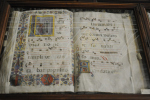
A highlight of the Sienna cathedral was the Picolomini Library showcasing several gorgeous illuminated manuscripts and antiphonium from the middle ages, the detailed flooring with red, white and black marble inlaid and carved, and the striking black and white banded marble walls and columns both inside and out.
SAN GIMIGNIANO
One of our favourite towns, San Gimigniano, is a complex city with tiny walkways through it, and so many shops they are uncountable! In addition to the many towers that were built during the Renaissance (13 surviving!), San Gimigniano has several different museums. One of our favourites was the Museo 1300. This wonderful find is a ceramic scale reconstruction of the town of San Gimignano exactly as it was in the year 1300, the year Dante Aligieri visited and spoke to the governors. It is constructed of ceramic by a group of artisans who have conducted and compiled exacting research.
Nearby Florence required two visits, and still there was so much we didn’t have time to see. We did tour the Uffizi Gallery which contains many, many beautiful sculptures and painting from throughout the ages, from Ancient Roman to Medieval to Renaissance, which were initially collected by the famed Medici family. It’s a stunning collection of valuable art. Perhaps the extraordinary heat made me over sensitive, but I was shocked that the museum was not air conditioned. I worried about the proper preservation of all those Medieval triptyches and Renaissance paintings. But I suppose they know what they’re doing.
VOLTERRA
Volterra was an unexpected find during a back country drive one day. It’s another lovely small town perched on a hilltop, with origins dating back to the Etruscans and Romans. One of the things we loved best about Volterra was the sense of its being a very much alive and current community, despite the ample evidence of tourism.

Ambulance attendants sat around on folding chairs, shopkeepers stood outside chatting with passers-by. Every street was populated with locals, many of them elderly, standing around and visiting with their neighbours. We had to laugh when two very elderly Italian gentlemen approached each other and attempted to greet with a `high five`. They lifted their arthritic hands and revved up several feet apart, and then shuffled at full speed towards each other, in obvious trepidation at being knocked on their keesters, laughing the entire time. Before leaving, we had to sample the local gelato.
IANO
Back in Iano, where we spent our down days relaxing, there was something special to look forward to, as a hand drawn poster in the central piazza had announced a live concert one night. In anticipation we reserved dinner at the adjacent restaurant, whose food we quite enjoyed.
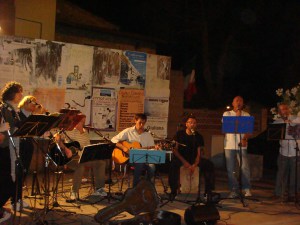
The band arrived early and started to set up their sound system hours before, and someone set up rows of chairs, so many we wondered where everyone was supposed to come from. That’s the funny thing about these tiny rural communities in Europe. You feel like you’re in the boon docks, but in fact you’re in the midst of a rich cultural community. People move around from town to town, and stuff is going on all over the place. As the hour approached, people appeared to come out of the woodwork and fill the seats. We lingered over our dolci and espresso as the concert began.
There were four women and five men, with two guitars, a percussionist who seemed to be banging on an apple crate, but was also a decent ‘harmonicist’. Although it was clear they were a group of aspiring amateurs, every one of them had a phenomenal voice, and they launched into a two hour concert including songs ranging from old 60′s favourites, through blues to traditional Italian folk. Their harmonics were excellent, and the solos quite exceptional. Of course they didn’t leave out everyone’s favourite number by Andrea Boccelli.
Some days later, the night before we left Iano, we wanted a special meal so we went on a tiny adventure. We discovered a little convent past San Vivaldo that served the best food we have had in Italy yet. We were the last customers to leave, and sat in a quiet, monastic courtyard enjoying our deserts as the dusk gathered around us.
 ROME
ROME
As mentioned above, we made a crazy one day trek to Rome, requiring an early start, and a fast commuter train south. It was even hotter there. After a parched tour of the Coliseum and the Roman Forum we walked to the Pantheon. This remains in my opinion, the most beautiful space in the world. We learned that Michelangelo Buonarotti (Il Divino) said of it, that it was created by the angels themselves. We also managed to visit the Trevi fountain and Piazza Navona and have a quiet dinner before riding home again. It was quite the whirlwind day trip.
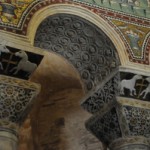 RAVENNA
RAVENNA
Byzantine churches, being rather old (c. 500 AD) are nothing much to look at from the exterior. They are constructed of rustic flat bricks, the windows are small and plain, and there is no adornment whatsoever. Upon entering though, it was clear whyI had dragged the family here. Everyone was duly impressed by the spectacular mosaics on walls, arches and domes, as well as the lovingly, devotely rendered stone capitals and gorgeously book-ended marble panelling.
It was interesting to see how focussed the early Christians were on devotion, and how little on ostentation, like the later western Christians. After the great schism in the Catholic church around 400 AD, Ravenna became the capital of the Eastern Holy Roman Empire for quite a while, before it moved to Constantinople.
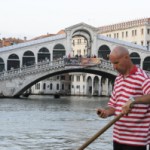 VENICE
VENICE
After the Uffizi and the churches of Ravenna, we had no interest in standing in any more lines, or seeing anymore Medieval paintings or Renaissance sculpture, but really Venice is more about being outside, enjoying the canals and the simple but charming architecture that lines them, and sometimes spans them. What I can tell you is that in fact we were all very impressed with Venice, and despite the heat of Piazza San Marco, we were able to escape into narrow shady lanes cooled by canal breezes, and we wandered around, sometimes fighting summer tourist crowds to join them in window shopping, other times escaping the crowds to explore quieter zones
And there you have it, a tour of Tuscany in a nutshell. And now I have had my summer at home, and a little taste of Europe as well. What did you do this summer? Stay at home or travel somewhere exotic? Do you have a special place somewhere in the world where you dream of traveling? And when traveling do you prefer to visit one large city, or like me, do you like to have a small town base and make excursions?

